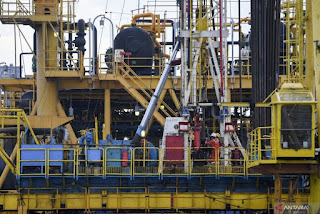Wind Course Production Research study Advancements Procedures as well as Decreases Sets you back
Understanding that decreasing the general expense of wind power starts on the manufacturing facility flooring, the Division of Energy's (DOE's) Wind Course sustains r & d initiatives as well as financing chances that incorporate brand-brand new styles, products, as well as progressed methods right in to the production procedure, creating wind a much more inexpensive resource of renewable resource for neighborhoods across the country. Various centers focusing on the manufacturing of turbine elements work much a lot extra effectively as developments in compound products, automation, as well as production procedures have actually assisted significantly enhance efficiency while reducing the sets you back of wind power for customers.
Through concentrating on technical advancements that enhance the dependability as well as cost of wind power, the Wind Program's varied financing chances as well as r & d tasks help the course in conference its own tactical long-lasting objectives.
The Wind Program's current Taller Center Elevations towards Accessibility Greater Wind Sources as well as Reduced the Expense of Power financing chance statement (FOA) launched in January 2014 will certainly deal with a lot of the distinct logistical difficulties connected with setting up bigger turbines. The FOA will certainly sustain jobs that establish cost-competitive services towards deal with the difficulties of producing, transferring, constructing, preserving, as well as decommissioning turbines along with center elevations of a minimum of 120 meters. These jobs will certainly enhance U.S. competitiveness in wind production, while resulting in reductions in the expense of wind power through effectively catching the more powerful, much a lot extra constant winds offered at higher altitudes.
Furthermore, the Wind Course is actually functioning towards progress production initiatives with the DOE's Little Company Development Research study as well as Little Company Innovation Move (SBIR/STTR) Course. Keystone High rises of Boston, Massachusetts, a recipient of SBIR/STTR financing, is actually functioning towards deal with 2 obstructions that are actually avoiding reductions in the expense of wind power: the labor-intensive building procedure of turbines as well as the dimension restrictions enforced through transport logistics. Keystone High rises is actually dealing with these problems through adjusting a time-tested method referred to as "spiral welding" presently utilized in pipeline production for the oil as well as fuel markets. Rather than transferring troublesome loom areas towards the setup webinternet web site, spiral welding will enable a device towards "roll" basic materials right in to loom areas on-site, needing as low as 10% of the labor utilized due to the present procedure.




Comments
Post a Comment